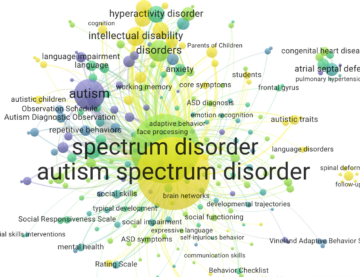Dimensions tracks normalized ranking for the first time in the Nature Index annual tables
The Nature Index 2019 annual tables were released this week and showed the United States, China and Germany as the three top countries in the country ranking. In the institutional ranking, the Chinese Academy of Sciences, Harvard University, and the Max Planck Society held their positions as world leading institutions.
For the first time, the Nature Index annual tables also include a normalized ranking tracked using Digital Science’s Dimensions database. This takes into account the number of high-quality articles published as a proportion of an institute’s overall output in the natural sciences.
The normalized ranking reveals a very different set of leaders among academic institutions – Cold Spring Harbor Laboratory in the US, the Institute of Science and Technology Austria, and the Weizmann Institute of Science in Israel, make up the top three institutes.
The top 100 Nature Index ranking draws on metrics known as the Article Count (AC) and Fractional Count (FC), which measure the number of articles and the contribution an institution makes to an article, respectively.
The new normalization calculated, which considers the ratio of FC to the institution’s total article output in natural sciences, allows institutions of different size to be compared on the same basis.
The AC and FC are based on about 60,000 articles published during 2018 in the 82 prestigious scientific journals included in the Nature Index, while the counts of articles in natural sciences in Dimensions are drawn from 3.88 million articles tracked in 2018.
Christian Herzog, CEO Dimensions, said: “It’s great to see Dimensions data used in the latest Nature Index and is further testimony to our team’s effort to create Dimensions as an alternative to other A&I databases.
“With Dimensions, we aim at establishing a ‘division of powers’ where Digital Science is providing the data infrastructure covering grants, publications, clinical trials and policy documents which empowers the academic community to own and develop the indicators which describe their efforts and achievements. While we do not provide rankings, we do believe it’s important to have as many diverse views as possible at the research process. And the Nature Index with its clearly communicated methodological approach adds an important facet to the picture and helps us gain a deeper understanding of the research landscape.”
David Swinbanks, Founder of the Nature Index, said: “The inclusion this year of a normalized ranking alongside the standard Nature Index annual tables is especially interesting because the ranking draws to light some smaller institutes that are proportionally outstripping research powerhouses and would otherwise remain buried much lower down in the standard rankings.
The smallest institutions in the top ten have some common features: ambition, as disclosed by mission statements about striving to be the best in the world, interdisciplinarity, with the strong embrace of collaboration across fields, and in several cases, the backing of Nobel laureates.”
Read the Nature Index annual tables in full here



